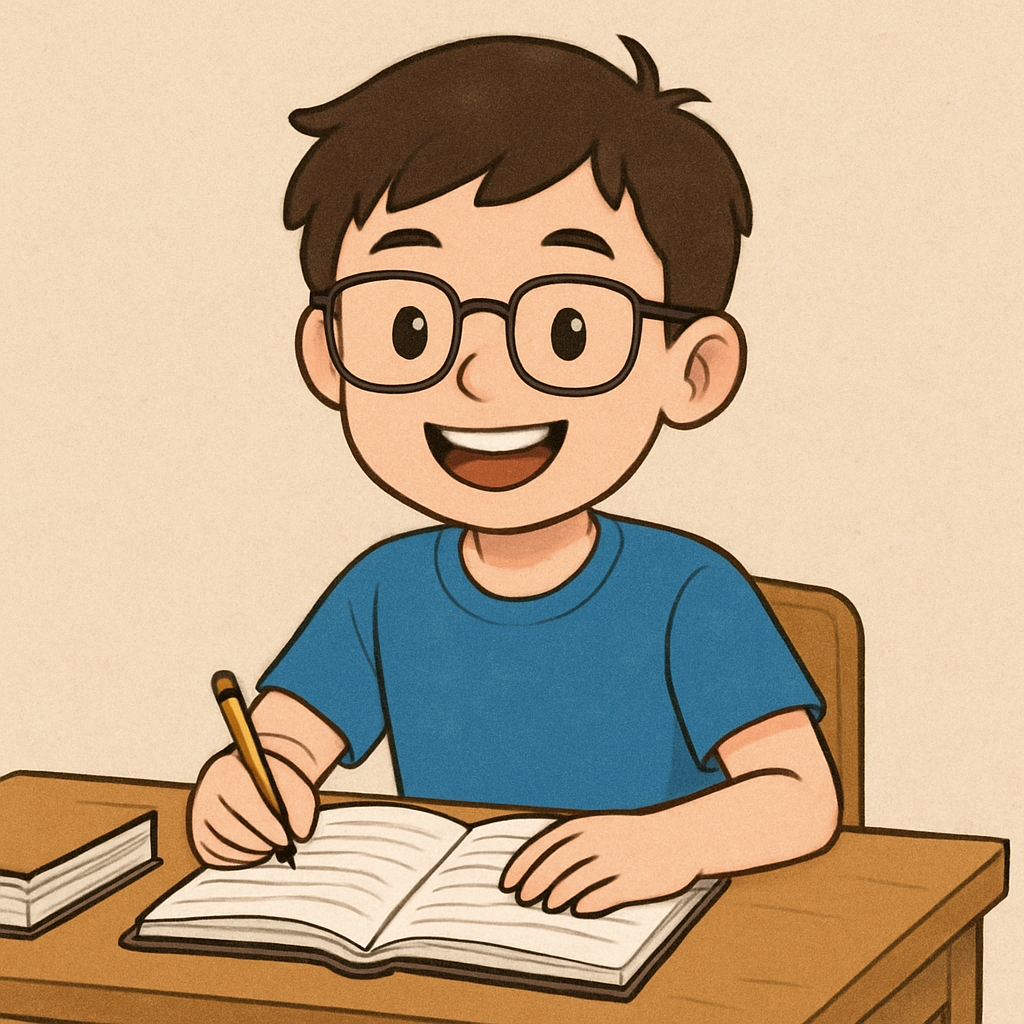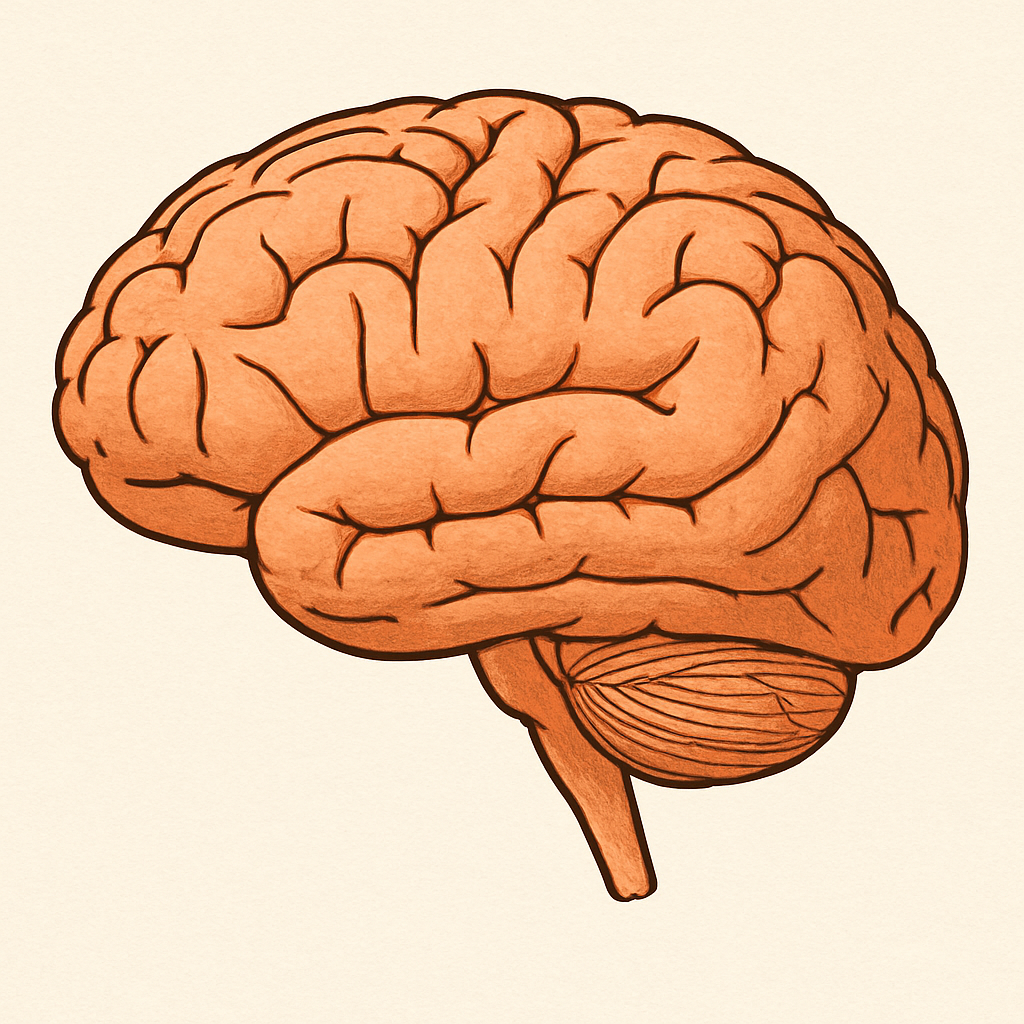< 일러스트 OpenAI의 DALL·E 제공 >
[객원 에디터 9기 / 윤채원 기자] One of the hardest challenges we face while growing as students, especially when we are far from home, is finding a place where we truly feel like we belong and connected. There is always something happening around us, and while we understand it on the surface, it’s not always something we deeply relate to. However, it is fascinating to see how students, apart from their current responsibilities, reconnect with their roots. I have always thought of it like a magnet: when we’re already attached, we feel numb to the community we belong to, but when we’re apart, we are attracted to our home again.
In many unexpected ways, learning history can act like that magnetic force. It draws us into the stories that shaped not just a country, but each of our backgrounds. As I began studying U.S. history, I was surprised by how often I found moments that spoke to me personally.
To better understand how history education can help students find their own place in the world, I sat down with my U.S. history teacher, Mr. Richards, from Pioneer High School in Ann Arbor, for an in-depth conversation about achieving this goal from an educator’s perspective.
Q1: What’s the core purpose of teaching U.S. history in your view? Is it just about understanding the past or preventing repeated mistakes?
Mr. Richards: So my biggest purpose in teaching U.S. history is, I’m going to say two things. One is that if you understand the past and can make sense of it, it really helps you understand the moment we’re living in. How did we get to this place in 2025? We are who we are right now, so how did we become that? And how did the events of history play a role in that? How did we as a nation, as a people, as a planet get to this point in time? And it also helps you understand or be able to get an idea of what’s coming. You can get an idea of where we’re going.
The other part is understanding that you and me and everybody in our classroom and in the school, we all come from different places, and we all have a story. So if we understand history and how different events in history have shaped us, we also can understand each other on an individual level. The most important sort of way to be able to understand and empathize with each other is to understand that history is different from all different points of view. Like the very first lesson I try to do with classes is I make them all write down exactly what they saw and heard. And you get this idea like though history happened at that desk over there, we all interpreted it differently. We all saw and heard different things. You were asking me good questions about Korea this morning. Like Koreans are going to have a different point of view on that than Americans.
Q2: In Korea, we often study ancient kingdoms and dynasties. But in the U.S., the focus is more on modern history. Do you think focusing on modern history helps students better understand their place in the world today?
Mr. Richards: That’s a really good question. So from the Korean point of view, you have ancient knowledge and artifacts all over the place about you that you can see and go to. And Koreans value these things. They’re culturally important. And in this country, all of our ancient history has really mostly been destroyed. And we do have ancient history here. Native Americans. Indigenous history goes back thousands and thousands of years, but white European settlers came over here, murdered, ethnically cleansed, removed Indigenous people, and destroyed their history. And so we do a really bad job in this country of teaching that history. At least in the grade school level. So Americans, I think, would do a lot better to understand who we are and how we got here by actually knowing more about the ancient history of this country. The Indigenous history. Like what were these civilizations like? Where were they located? What did they do? What were they expert in? What could we learn from them?
Q3: When teaching U.S. history, whose story or perspective do you feel you are telling? Does having a diverse classroom affect that?
Mr. Richards: I obviously can’t teach every lesson from every point of view, but I want you to think about that. We’re teaching Vietnam right now. I’m talking a little bit about the Vietnamese perspective, but mostly the American point of view. So when I’m teaching that, I want my students to think about, if I was Vietnamese, what would I think about this? If I was Korean during the Korean War, what would I think about this? Whose side would I be on? What mistakes has America made along the way? What wrongs have we committed? I think it’s really important. I think the most patriotic thing that you can do—I think true patriotism is wanting your country to be as good as it can be. And your country cannot be as good as it can be if you don’t understand what you’re doing wrong, and don’t admit those flaws. Patriotism—I think it’s a very patriotic thing to be critical of your country when your country is doing wrong. And I think our country is doing plenty wrong, or has done plenty wrong.
Q4: Every country teaches history differently—sometimes with extreme nationalism. Should students challenge those narratives? When does it become a problem and cross the line?
Mr. Richards: Let me answer the last part first. It becomes a problem when you teach from one perspective, but you have people in front of you that are from different points of view. It also is a problem when you teach from one perspective when you have people in front of you that all are from the same perspective. Because in American history, for example, if we simply teach the patriotic view of American history—first of all, I have Korean students in my classroom, I have African American students. What does that mean to them? But then, if I teach it from one point of view—let’s just say I had all white Americans in my class—and I didn’t teach about racial issues, then these white Americans don’t recognize the past. How did I get to where I am? I have to recognize that I had some privileges and some things for me that made my life easier to navigate than a student of color or an immigrant. And so, if I come out of a history class and go, everybody’s got it the same, I’m ignorant. And I pass that ignorance down to the next person, the next generation. That’s harmful, right? If we want to make our world a better place, then we can’t sit here and rest on our laurels and be like, we’re great, we don’t have to change anything, we’ve never done anything wrong, let’s keep doing the same thing. We can’t.
Q5: Do you think learning history helps students feel a stronger sense of belonging or identity, even for domestic students?
Mr. Richards: Yes. We do. So let’s take, when I teach about oppression and racial issues—for kids that haven’t experienced that—to at least learn about it, hear about it, can give them at least some way to empathize with kids that are going through certain things, right? Or their families have. So that’s just one reason.
Q6: Is there a historical moment or figure that personally shaped how you see the world?
Mr. Richards: One moment. In my lifetime, 9-11 would be that moment because it changed so much of the trajectory of where we were and where we are now. I absolutely think that 9-11 was a trigger that led us to this point of being so divided like we are right now.





